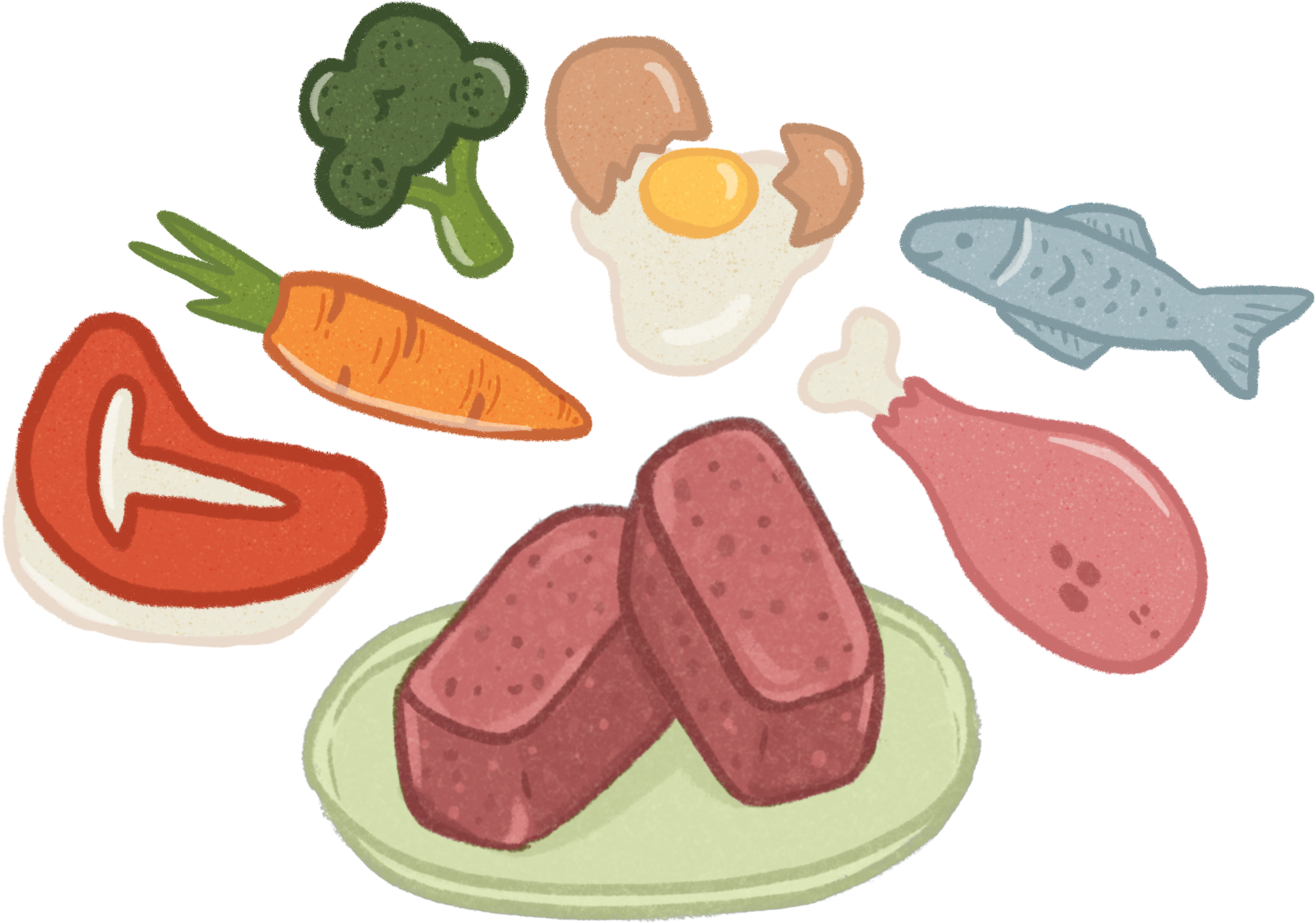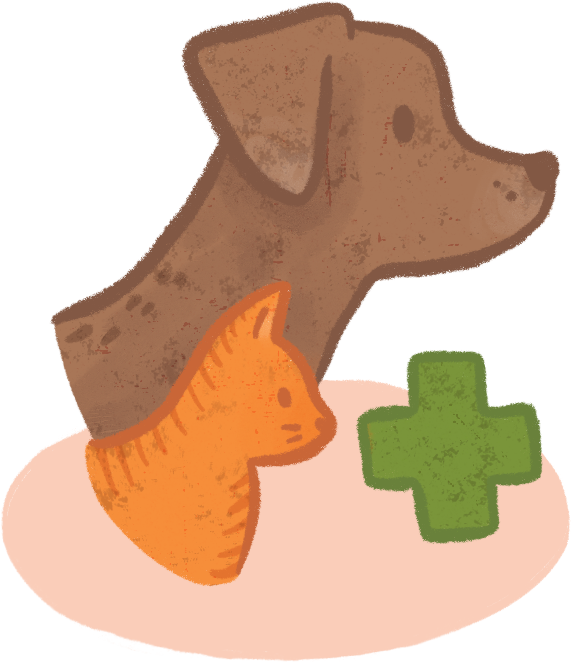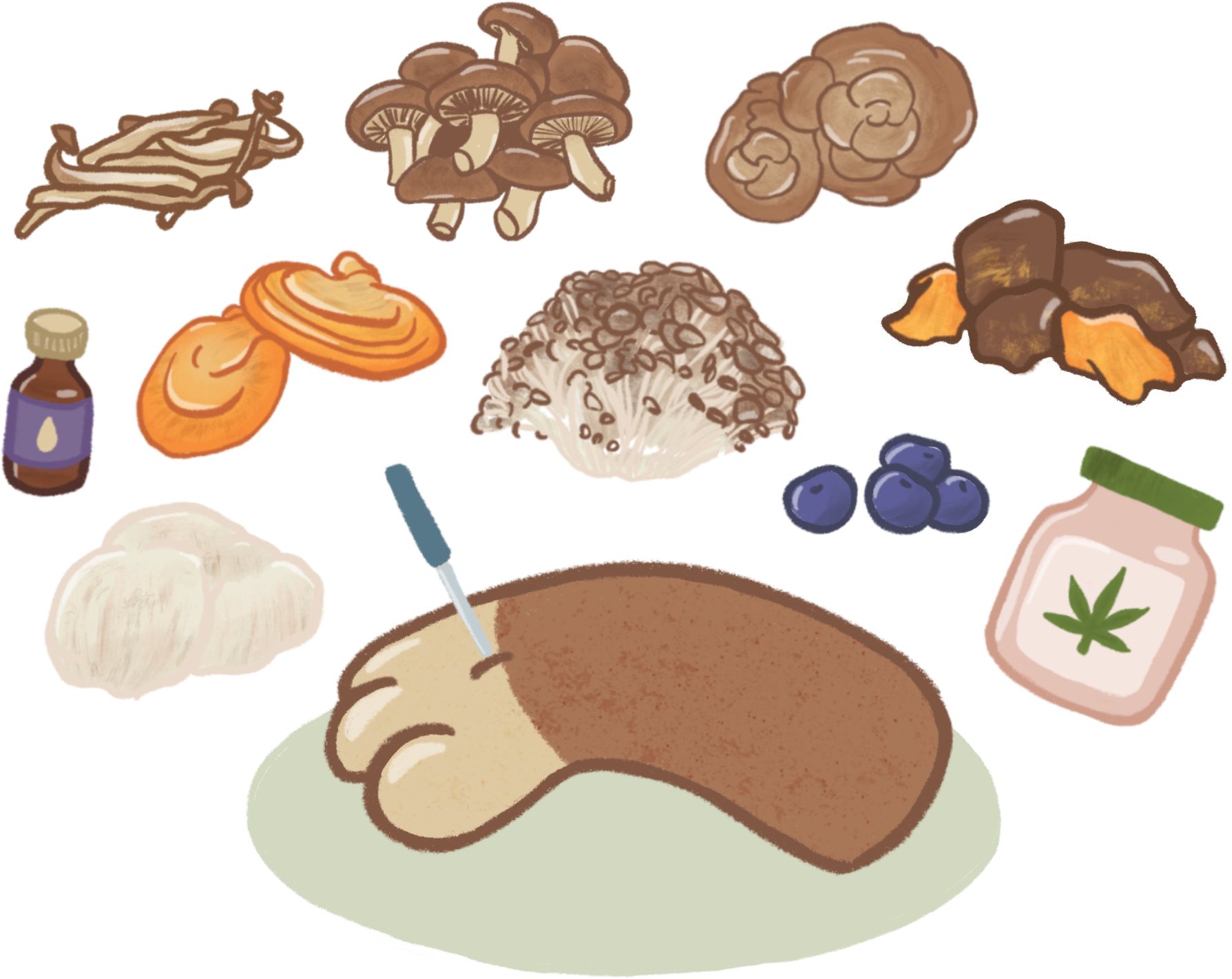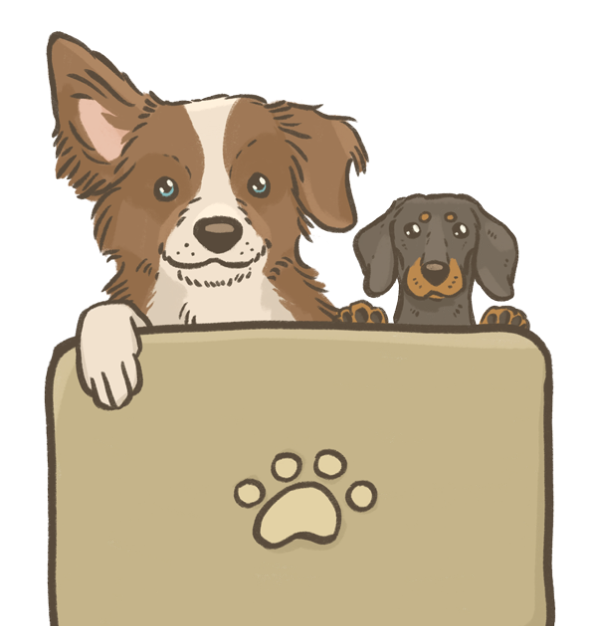Supporting Pets with Cancer: Prevention & Treatments

By Dr Edward Bassingthwaighte

The big ‘C’. The word no pet parent ever wants to hear. Unfortunately, cancer is common, and one in four dogs suffer from cancer in their lifetime, that stat lifts to nearly half of the population of dogs over the age of 10. Some cancers are mild, slow growing, don’t spread (metastasize), or spread slowly and may be easier to treat. Others are extremely aggressive, spread rapidly throughout the body, and are difficult or impossible to treat. This is a hard but necessary topic to cover, we will go through tips for prevention and treatments in this article to guide pet parents that are in this situation.
In dogs, the most common types of cancer are Lymphoma (cancer of the lymphatic system),
Bone Tumours (most often Osteosarcoma), Mast Cell Tumours (found in the skin, a common cause of ‘lumps’, Soft Tissue Sarcomas (slow-growing masses anywhere in the body), Tumours of the oral cavity/mouth (may be benign, if malignant often very aggressive), Nasal Tumours, Hemangiosarcoma (cancer of the blood vessels), and Transitional Cell Sarcoma (bladder cancer).
Cats may suffer similar kinds of tumours, and in addition, Squamous Cell Carcinoma is much more common in cats. Of course, there are many more kinds of cancer than the ones I have mentioned by name here, many of which are rare.
Tip #1 - The best cancer treatment is prevention.
The better you support peak vitality in your pets, the lower their chances of developing cancer. This doesn't mean that the healthiest pets in the world won't sometimes get cancer, though.
My recommendations for your best chance at preventing cancer in your pets are:

- Feed a healthy fresh whole food diet low in carbs.
- Use the minimum vaccination required for protection (always titer test before re-vaccinating your pets.
- Avoid toxins as much as possible, especially long-lasting tick, flea, and parasite prevention and control products.
- Reduce stress in every way possible.
- Give your pets plenty of play, appropriate exercise, and lots of love.
Tip #2 - If you do get a cancer diagnosis in your pet, you need to understand the standard veterinary approach

Act early! At the first hint of a lump, bump, or any kind of symptoms, get to your vet. I recommend you always have a yearly check-up. The earlier you catch the cancer, the easier it is to treat, and the better the outcomes.
Your first step will be to get the diagnosis. This will usually involve a biopsy to get cells for histopathology. The least invasive way to do this is a fine needle biopsy - but the sample size is small, and sometimes not of high quality.
The next step up from the least invasive option would be a wedge or punch biopsy, where your vet will take a small part of tissue from the lump, and then send that to the lab to be sectioned, mounted, stained and looked at under the microscope.
Or the most invasive option for biopsy is an excisional biopsy - your vet will remove the whole mass, ideally with a broad margin of 1-2cm of tissue in all directions from the abnormal tissue. This is more invasive, but if you get clean margins and the cancer has not metastasised, it may be curative.
Then the pathologist will look at the cells and then be able to tell you (most of the time) what kind of cancer it is, giving it a name, and how aggressive it is. This is called grading. Then your vet will talk to you about prognosis, and discuss all the treatment options, including referral to an oncologist. In the allopathic medical paradigm, the treatments include surgery (debulking or excision), chemotherapy, radiation therapy, or immunotherapy. Some cancers may require a combination of these treatments. Some cancers (small ones on the skin) may be suitable for treatment with cryotherapy (freezing).
There are some newer treatments - some on the market, like Stelfonta, a medicine that is injected into Mast Cell Tumours (it kills the tumour, leaving an open wound that heals), or Canine Autologous Cancer vaccine (a vaccine made from tumour tissue removed from your pet). Some are in development, like the use of stem cells for palliation, antibody-based treatments, and a High Intensity Focused Ultrasound (where high-frequency sound waves are focused within the body to destroy the cells in the tumour.
Chemotherapy can be effective, but it carries an intense toxic load. You are basically poisoning the cancer a bit more than the pet. Different cancers respond differently to different chemotherapy agents. Some pets cope well with chemo, some don't cope well at all.
Tip #3 - Integrative, Holistic, Complementary and Alternative Treatment Options
If you decide that you don't wish to put your pets through surgery, chemo, radiotherapy, etc, there are a lot of things you can do that will at least palliate (make your pet more comfortable for longer), and at best halt tumour growth, shrink tumours, and in very rare cases, perhaps be curative. I have had a few curative successes over the years, but they tend to be few and far between.
The first thing I suggest is to get onto a diet that starves the cancer. Low or no carbs. Fresh whole foods- fresh meats and animal fats, and fresh veggies. Big Dog has a variety of recipes that meet these criteria. If you have the capacity (it takes quite a lot more effort) you can put your pet on a full ketogenic diet. I recommend that you do this under the guidance of a veterinarian or canine nutritionist, as you need to calculate this carefully, and test ketone levels every day. The ketone tests are done with an ear prick and a special hand-held device you can get from most chemists, so this part can be done at home.
The second thing is to get your pet onto a high-quality organic CBD rich whole plant hemp (cannabis) extract twice daily. CBD definitely has anti-Cancer qualities, and some cancers respond well to this incredible herbal medicine.

Now I’m going to give you a list of other things that I recommend:
Antioxidants - blueberries are probably the easiest whole food source of antioxidants
Medicinal mushrooms - I love Agaricus, Chaga, Cordyceps, Lion’s Mane, Maitake, Red Reishi, Shiitake and Turkey Tail, in particular.
Essential oils like frankincense offer proven anti-cancer effects. Other oils may help, but you’ll need a skilled professional for guidance here.
Ozone is a treatment that brings more oxygen into the body. Again, you’ll need a professional to help you here.
Mistletoe injections have been shown to reduce tumour size and pain. Only a holistic vet could help you with this one.
Intravenous Vitamin C infusions can be a great support - again, you’ll need a vet to help with this.
Homoeopathy is a very valuable, safe treatment. I recommend finding a skilled classical homoeopath and not using blends with multiple different homoeopathic remedies mixed together.
Chinese or Western herbal therapies - there is a broad range of different herbal medicines which can help with cancer. You’ll need a skilled practitioner to formulate them for you though!
Acupuncture is a great way to work at the root causes of illness, and support vitality. It’s a great adjunctive therapy for cancer.
Energy healing is totally safe, improves the quality of life, and in some cases may directly benefit.
Tip #4 – Why not try the best of both worlds?
Of course, you can support your pets through allopathic cancer treatment such as surgery, radiotherapy, chemotherapy, and immunotherapy with all of the integrative/holistic options, and I strongly encourage you to do so!
It’s equally ok for you to go totally holistic, to avoid all allopathic interventions. You can often palliate strongly with this approach, and in some cases, you’ll halt progression or even (rarely) see a cure.
About the Author - Dr Edward Bassingthwaighte.

Dr Edward Bassingthwaighte is a holistic veterinarian, and a world-leading expert in silent pain in pets. Dr Edward is passionate about fresh raw whole foods for dogs. He is the founder of the Whole Energy Body Balance method- a profoundly healing bodywork modality for pet parents and pet wellness professionals to relieve silent pain, anxiety and trauma in pets. Join Dr Edward's free masterclass on silent pain in pets here.
If you liked this article, sign up to our Big Dog Fam Mail to receive more great pet health and happiness advice.
